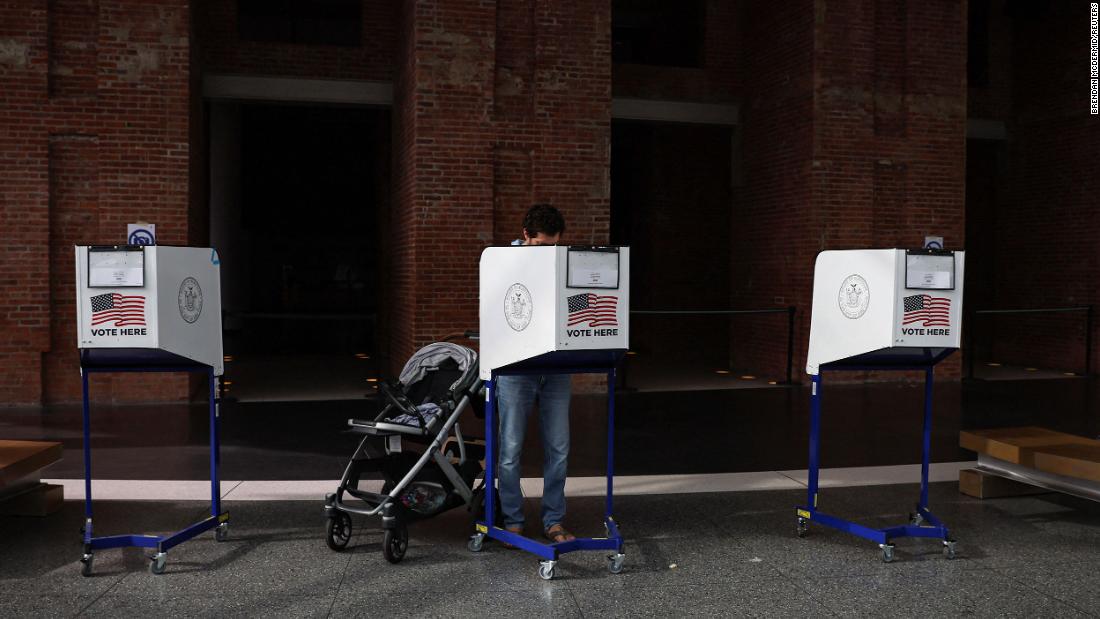

But with less than 11 weeks to go, both parties are increasingly shifting their focus to the general election fight. Here is what the elections that took place in August can tell us about the broader political landscape heading into November.
The caveats: a general election is much different from a summer special election or ballot measure. Democrats are still confronting historical midterm trends for the party in power, Biden’s low approval ratings and voters’ negative views of the economy. And the majorities they are defending in the House and Senate are very narrow. But their overall fortunes have still undoubtedly improved from a month ago.
That continues a trend for the party, as many of their eventual nominees in key Senate races this year (North Carolina, Ohio, Pennsylvania) were able to cruise through their primaries, putting them on solid footing for the fall. And it stands in contrast to the open Republican Senate primaries on the battleground map this year, many of which resulted in protracted battles.
3) The GOP is still Donald Trump’s party. A reason many Republican Senate (and gubernatorial) primaries were drawn out — and at times nasty — was because the candidates were fighting among each other for one man’s endorsement. And in August, Trump found success with his picks across the board, with his preferred candidates winning primaries in critical races in battleground states including Arizona, Michigan and Wisconsin (more on that below).
5) Congress is changing. There are, of course, major shifts to the makeup of Congress every two years. But even before control of the House and Senate have been decided, there are a few symbolic changes that are more or less set in stone.
